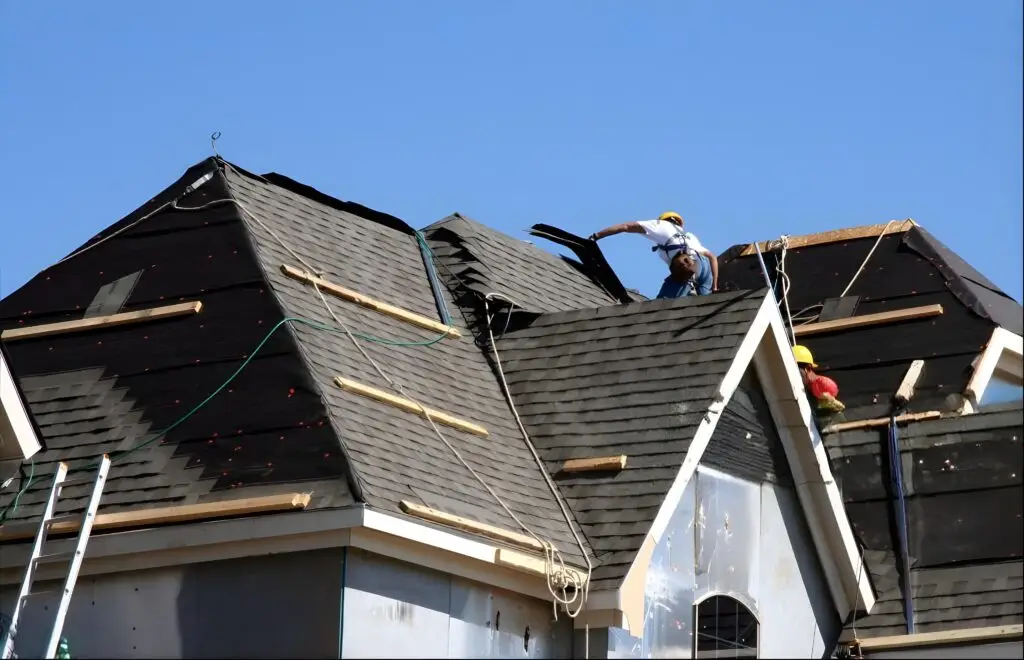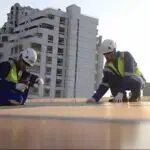If you’re investing in a new roof for your commercial property, understanding how that expense fits into your tax strategy is essential. One of the key questions business owners and property managers ask is: how long does it take to depreciate a new roof on commercial property? The answer can significantly impact your long-term return on investment.
Let’s break down what depreciation means in the world of commercial roofing, how the IRS treats new roof installations, and what you can do to maximize your savings.
What Is Depreciation in Commercial Real Estate?
Depreciation is a tax deduction that allows property owners to recover the cost of improvements over time. For commercial properties, the IRS recognizes that wear and tear happens as a building ages, and depreciation lets you account for that.
When it comes to roofing, if the installation is considered a capital improvement (more on that later), it can be depreciated rather than fully expensed in the year it’s installed. This helps spread out the tax benefit over multiple years.

Depreciation Timeline for a New Commercial Roof
So, how long does it take to depreciate a new roof on commercial property? Typically, a new roof is depreciated over 39 years under the IRS Modified Accelerated Cost Recovery System (MACRS). This is standard for non-residential real estate improvements.
That means if you spend $100,000 on a roof replacement, you’d deduct roughly $2,564 per year over 39 years.
However, there are some exceptions based on tax incentives and how the improvement is categorized.
Can You Depreciate Faster?
Yes, under certain circumstances.
In 2017, the Tax Cuts and Jobs Act (TCJA) opened the door for 100% bonus depreciation on certain qualified improvements made to commercial property, including some types of roofing work. However, bonus depreciation is gradually phasing out and will eventually drop to 0% unless Congress extends it.
You might also qualify for Section 179 expense, which allows you to deduct the full cost of certain improvements (including roofing) in the same year the work is completed. There are limits and eligibility requirements, so it’s wise to consult with a tax professional.
These accelerated depreciation methods can make a big difference when you’re budgeting for commercial roof replacement.

Example Depreciation Breakdown
Let’s look at a simplified example:
- Roof Cost: $120,000
- Standard Depreciation (39 years):
$120,000 ÷ 39 = $3,077.00 per year - Bonus Depreciation (if eligible):
Full $120,000 could be deducted in Year 1
Again, eligibility for bonus depreciation or Section 179 will depend on how the roof is classified and the specifics of your business situation.
What Qualifies as a Capital Improvement?
Not all roofing expenses are treated the same. For a new roof to be depreciated, it generally must be classified as a capital improvement rather than a simple repair.
A capital improvement:
- Extends the life of the property
- Adds value to the property
- Adapts the property for a new use
If you’re simply patching a leak or replacing a few damaged shingles, that may be considered a repair, which can usually be expensed immediately. But a full roof tear-off and replacement typically qualifies as a capital improvement.
Still unsure where your project falls? Contact DB Roofing LLC for a professional inspection and honest assessment.

Have Questions About Commercial Roof Depreciation? – Call Now
Depreciation rules can be complex, but getting them right can save you thousands. Whether you’re planning a new roof installation or just want to understand your options, DB Roofing LLC is here to help.
Give us a call or contact us today to schedule a consultation with one of our commercial roofing experts.





